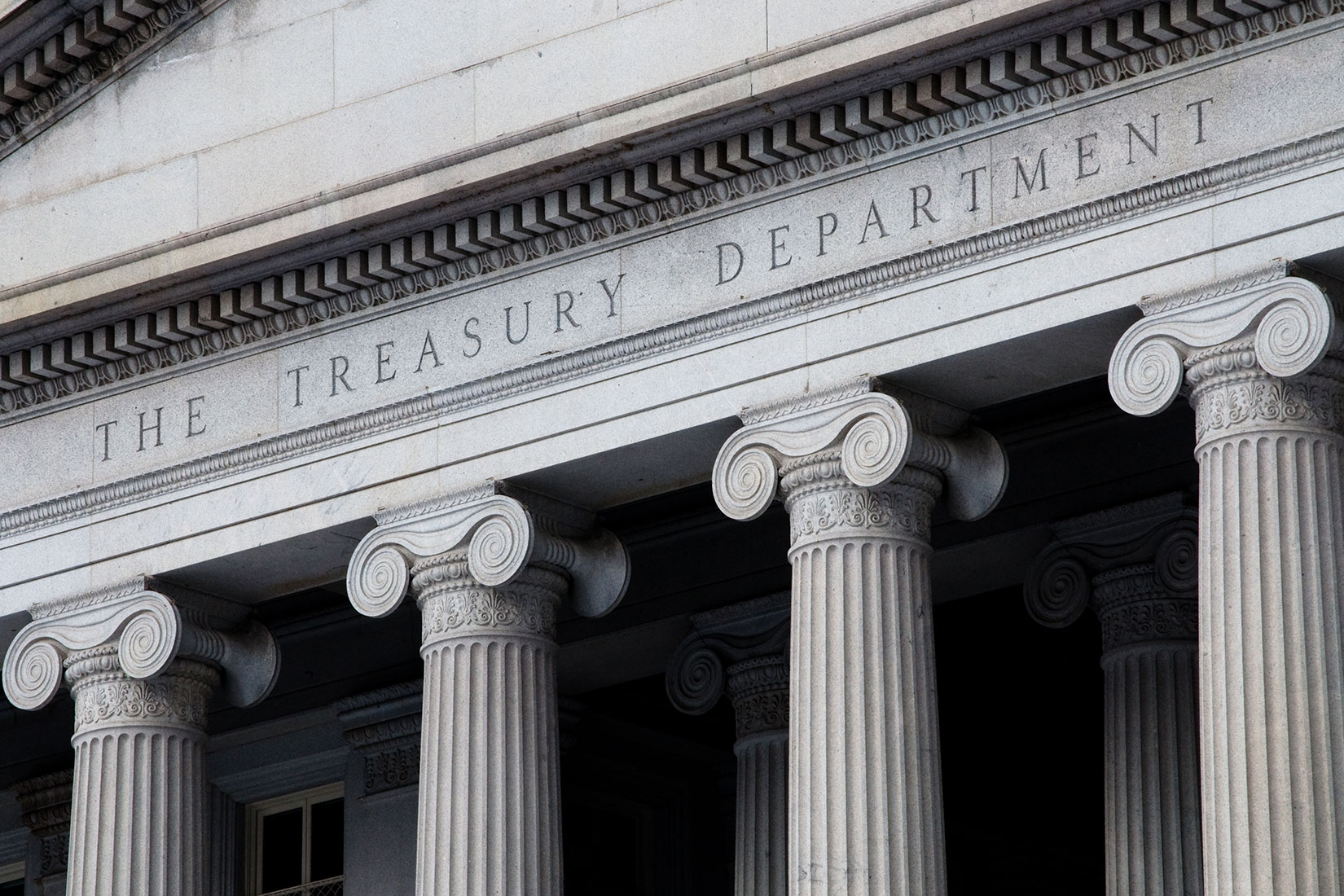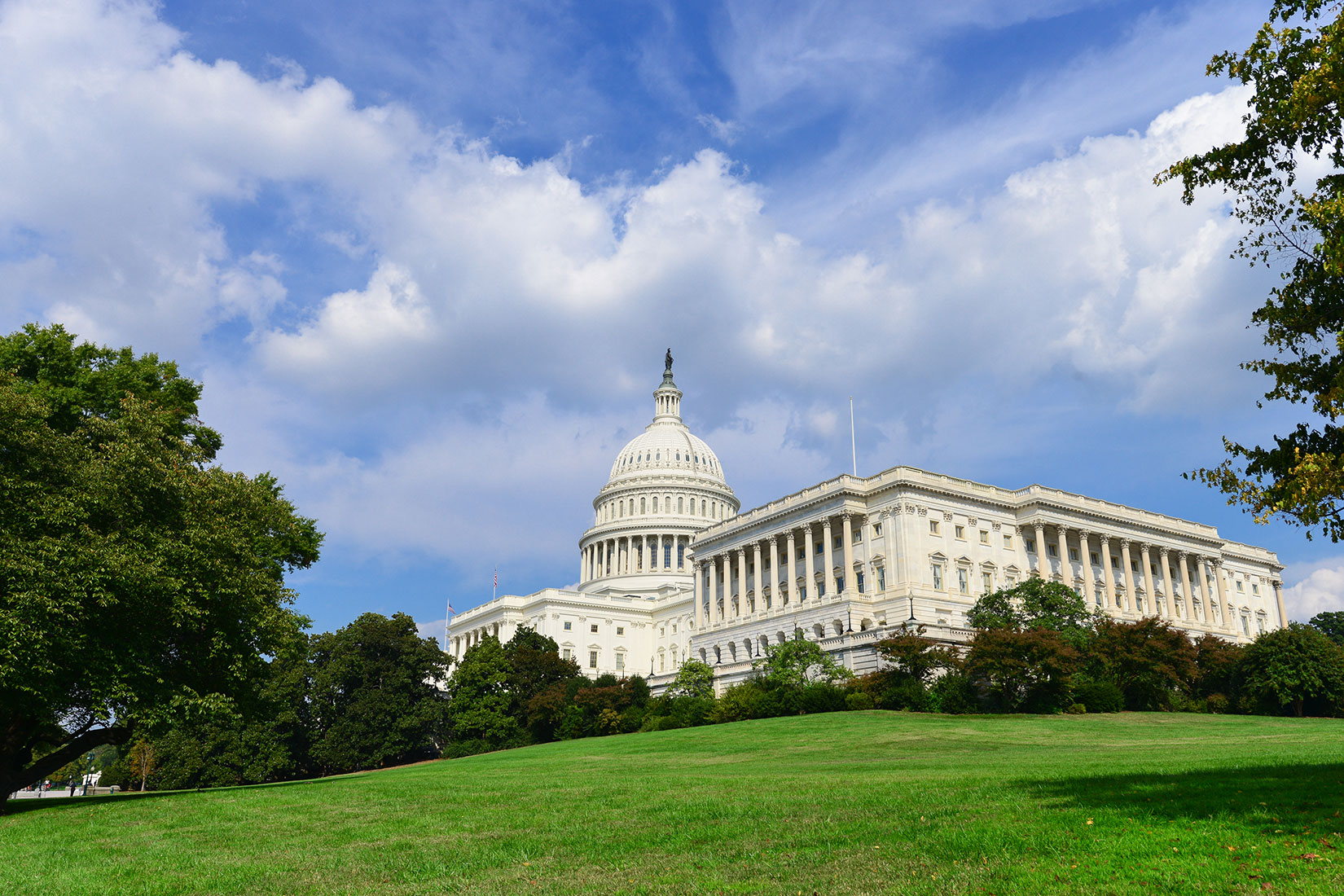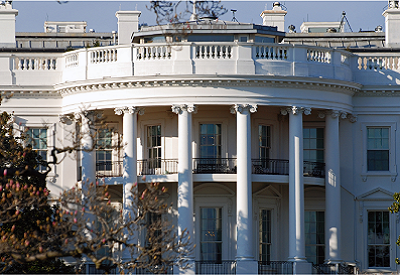CBO estimates that real gross domestic product will contract by 11 percent in the second quarter of this year, which is equivalent to a decline of 38 percent at an annual rate, and that the number of people employed will be almost 26 million lower than the number in the fourth quarter of 2019.
CBO Blog
CBO learns from many outside experts, including our Panel of Economic Advisers, about important analytical issues in the advisers’ areas of expertise and to obtain feedback about our economic forecast.
The federal budget typically records a surplus in April because final tax payments for the prior year and estimated payments for the current year are usually due on April 15. But this year, the government incurred a deficit of $737 billion in April, CBO estimates, compared with a surplus of $160 billion last year.
CBO discusses its preliminary projections of key economic variables and its preliminary assessments of federal budget deficits and debt through 2021. The amounts include the effects of legislation enacted in response to the pandemic.
View CBO’s budget infographics to see how much the federal government spent and took in during fiscal year 2019, as well as broader trends in the budget over the past few decades.
The federal budget deficit was $741 billion in the first half of fiscal year 2020, CBO estimates, $50 billion more than the deficit recorded during the same period last year.
Each quarter, CBO provides information about its work in progress. As of March 31, the agency was working on 159 cost estimates for legislation in addition to 25 analytic products.
As a result of the continued disruption of commerce stemming from the coronavirus pandemic, CBO expects the unemployment rate to exceed 10 percent as gross domestic product declines during the second quarter.
Using FCRA procedures, CBO estimates that new loans and loan guarantees issued in 2021 would result in savings of $41.8 billion. But using fair-value estimates, CBO projects that they would have a lifetime cost of $46.8 billion.
On February 10, the Administration transmitted its annual set of budgetary proposals to the Congress. CBO estimates that in the coming decade deficits under those proposals would be smaller and debt held by the public would be lower than amounts in CBO’s baseline projections—but larger than the Administration projected. CBO’s estimates do not account for changes to the nation’s economic or fiscal outlook arising from the recent public health emergency.








